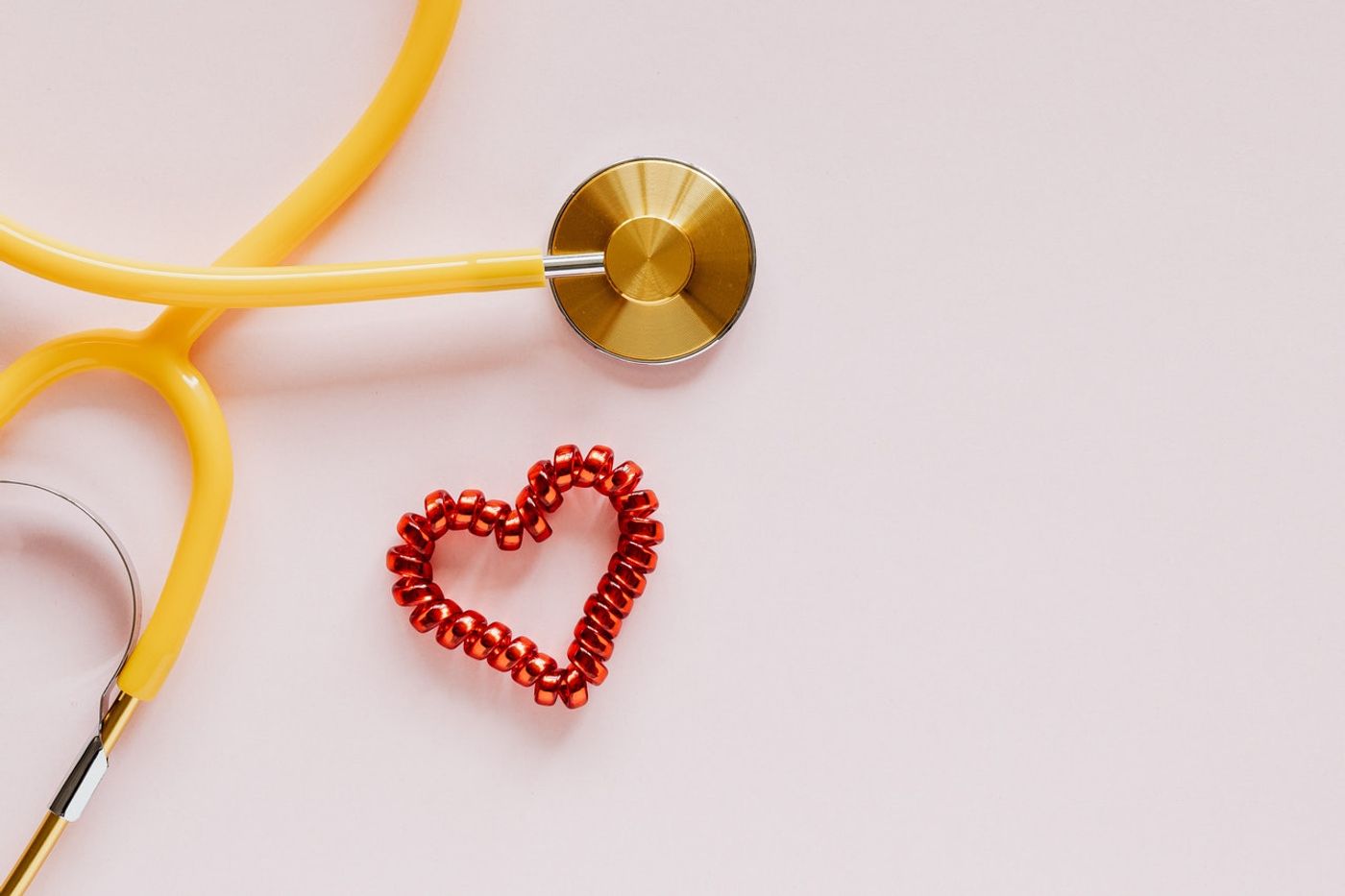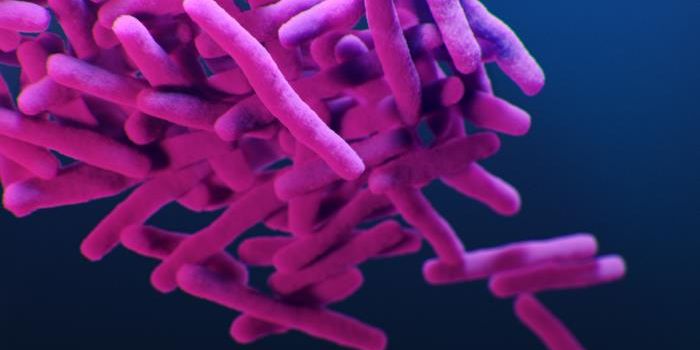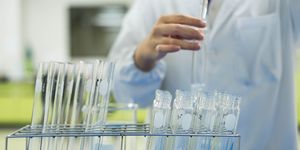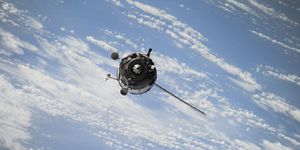E-Skin Device Sticks onto Throat, Detects COVID Infections
What is e-skin technology? These wearable electronics are soft, flexible, and stick onto the surface of the skin with a vast array of potential health-monitoring applications. E-skin devices could help monitor real-time changes in seniors' vital signs with underlying health conditions or check hydration levels in athletes, for example.
Researchers at Northwestern University have developed an e-skin device to spot the symptoms associated with SARS-CoV-2 infections. Bioelectronics pioneer John Rogers led the research.
Among the early COVID-19 symptoms are fever (98%), cough (65%), and shortness of breath (55%). However, low oxygen levels are another cardinal marker of the infection, one that most don’t tend to notice until they require urgent medical care. Pulse oximeters can measure blood oxygen levels, but it’s hard to go about your day with the device constantly clipped onto a fingertip.
Here’s where on-body, skin-integrated sensors can help. The e-skin device developed by Rogers’ team is small, discrete, and comfortable to wear. It is stuck on to the base of the neck and measures vital signs, including breathing, heart rates, cardiac amplitudes, coughing, and wheezing. The user can shower and exercise normally while wearing the device.
Rogers and the team tested their device in a pilot study with around 50 participants and collected several terabytes of raw data on their biometrics. The team developed an automated data management system to acquire and upload this data to the cloud, where machine learning algorithms assess for the presence of COVID-19 symptoms and map recovery trajectories.
While the e-skin monitoring device has yet to become commercially available, it has been deployed to 400 front-line health workers and patients in the Chicago, Illinois area.
“Our device addresses a key issue in the COVID-19 pandemic: the limited capacity of healthcare systems,” said Rogers.
“By continuously monitoring high-risk individuals, such as healthcare workers and the elderly, we can minimize the number of unnecessary hospital visits and provide an early warning to enable preventive measures.”
Sources: Science Advances, Northwestern University, Nature.









